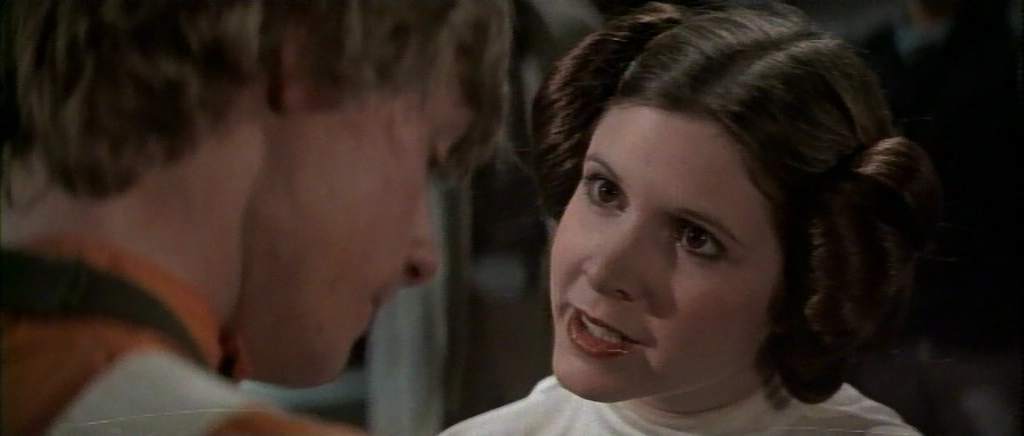That's not true -- but it's also not what you mean. Of course it is possible to end up with more information than you started with. That's pretty much the whole idea. What I know you're saying is that it's impossible to end up with more useful or accurate information than you started with, and you do have a point there. No, it is not possible to end up with more information than you started with; and your qualifiers are not necessary ("useful or accurate information"). Increasing the quantity of redundant information is not the same as new information. For example, a single text file that says "hello" = the same amount of information as a million copies of the text file that says "hello". Any possible version you could make of a movie starting from the source is already a potential of the information that is already contained in the source. When you talk about adding things intelligently, then that is different, as you are adding more sources by default when you do that; for example, Lucas' additions in the SE and DVD versions. But simply encoding and filtering and whatnot does not add information. It is only working with what is there.
Now, let's say you wanted to make a better version of that sine wave, but you start from the blocky version. It doesn't take that much thought to see it's possible (and maybe even relatively easy) to draw a much smoother curve that fits the data. Same frequency, same amplitude -- better resolution. In fact, you could probably downsample and get the same exact original blocky curve back -- or you could downsample less and still get something smoother and more pleasing than the original. Clearly, in this case, you have ended up with a result that has more information than you started with, and that information is useful and accurate.
Are you saying that you can look at a blocky sine wave and manually draw a much smoother curve? That is using more than just one source. If you are using your own drawing skills and knowledge of since waves to draw it then you are adding yourself as a source. If you are running it through a program that can interpret the sine wave into numerical data and then draw out a nicer looking wave to represent the same data then you are adding the programming of the software as a source. That is a different breed of cat altogether than encoding and filtering. Maybe one day we will have software that can look at a fuzzy image of a tree and extrapolate that into a picture that appears identical to a high quality image of the same tree; but we aren't quite there yet. This would still be a case of adding sources, rather than gaining information from a simple encoding or filtering process. 

